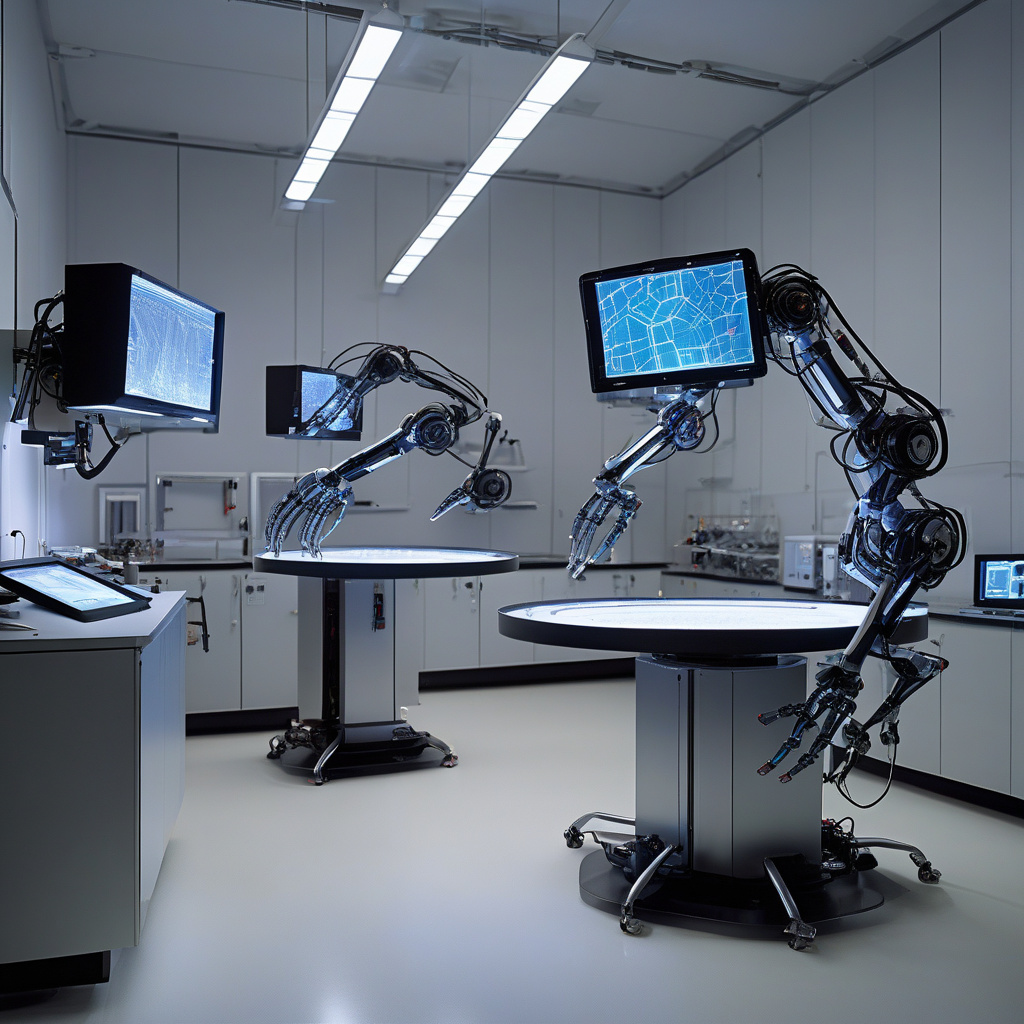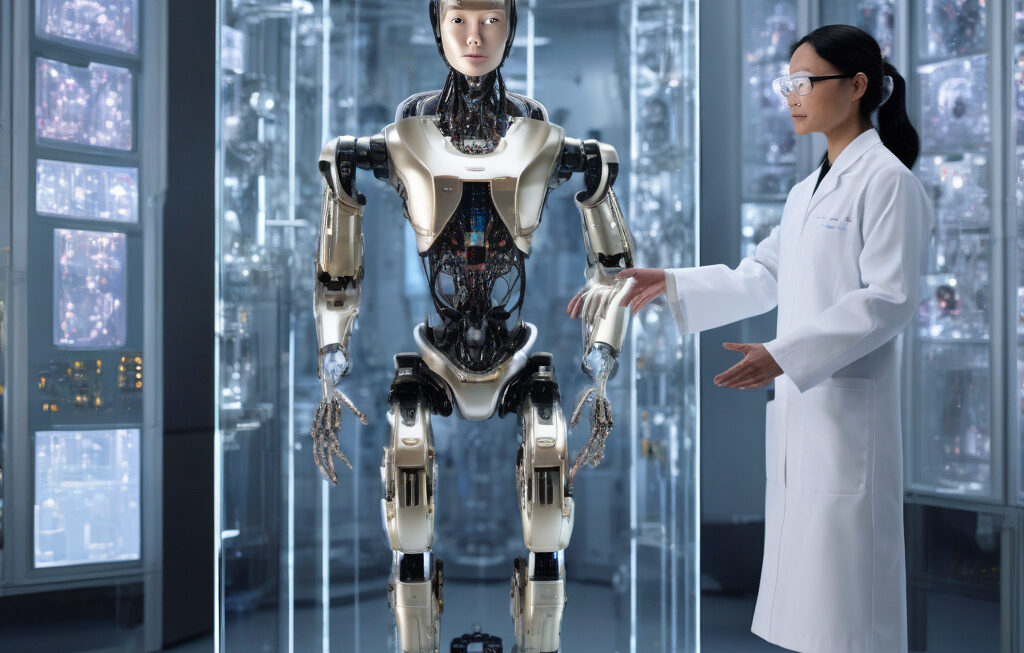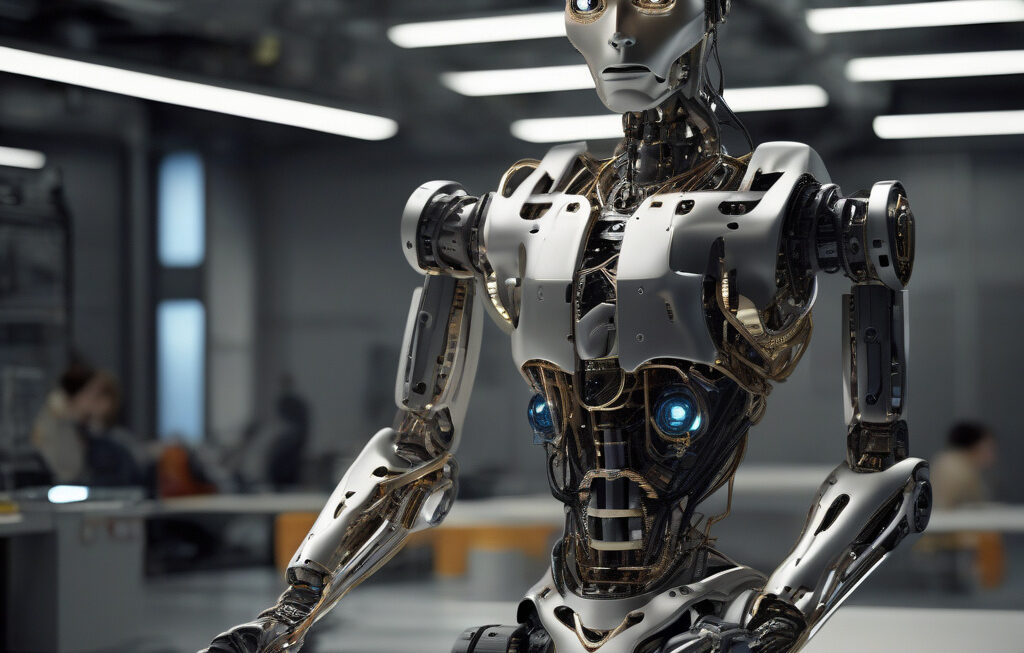MIT’s New Robot Revolutionizes Clean Energy Innovation
Scientists and researchers have been trying to unearth new semiconductor materials to boost the efficiency of solar panels and pave the way for a more sustainable future. The quest for cleaner energy sources has led to groundbreaking developments at the Massachusetts Institute of Technology (MIT), where a new robot is making waves in the field of photoconductivity testing.
This cutting-edge robot at MIT has the remarkable ability to conduct an astonishing 3,000 photoconductivity tests in a single day. This is a game-changer in the world of clean energy research, as it significantly accelerates the process of identifying promising semiconductor materials for solar panels.
The traditional approach to testing semiconductor materials for their photoconductivity involved time-consuming manual labor, limiting the number of tests that could be performed in a day. However, with the introduction of this innovative robot at MIT, the speed and efficiency of the testing process have been revolutionized.
By automating and streamlining the testing procedures, MIT’s robot allows researchers to rapidly screen a vast array of semiconductor materials, identifying those with the highest potential for enhancing solar panel efficiency. This not only expedites the research process but also opens up new possibilities for discovering novel materials that could shape the future of clean energy technology.
The implications of MIT’s new robot are far-reaching. With the urgent need to transition towards renewable energy sources and reduce our dependence on fossil fuels, innovations like this are crucial in driving progress towards a more sustainable world. By unlocking the secrets of semiconductor materials through high-throughput testing, researchers can accelerate the development of solar technologies and make clean energy more accessible and cost-effective.
Moreover, the capabilities of MIT’s robot extend beyond just speed and efficiency. Its high level of precision and accuracy ensures reliable test results, providing researchers with valuable data to inform their decision-making process. This level of automation not only saves time but also enhances the quality of research in the field of clean energy.
In addition to its technical prowess, MIT’s robot exemplifies the power of collaboration between humans and machines in advancing scientific discovery. By leveraging the strengths of automation and artificial intelligence, researchers can focus on interpreting data and devising innovative solutions, while the robot handles the repetitive tasks with unmatched efficiency.
As we stand at the cusp of a clean energy revolution, MIT’s new robot stands as a testament to the potential of technology to drive positive change. By pushing the boundaries of what is possible in photoconductivity testing, this innovation paves the way for a brighter and more sustainable future powered by clean energy.
In conclusion, MIT’s new robot is a game-changer in the field of clean energy innovation, offering a glimpse into the future of high-throughput testing and materials discovery. With its unparalleled speed, precision, and efficiency, this robot has the potential to unlock new possibilities in solar panel technology and accelerate the transition towards a more sustainable energy landscape.
#MIT #CleanEnergy #RobotInnovation #SolarTechnology #SustainableFuture












